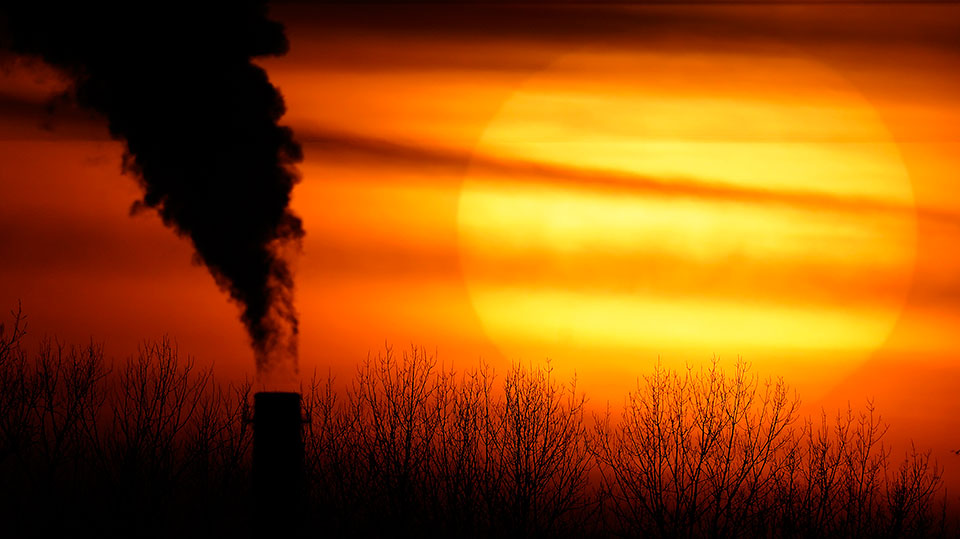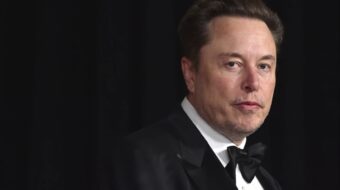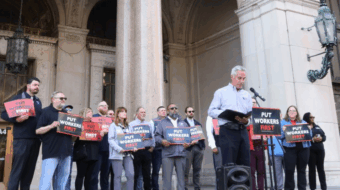
Right now, there are a lot of eyes on the Supreme Court, and for good reason—in addition to Justice Breyer’s retirement and Judge Ketanji Brown Jackson’s nomination, the Court has been exerting its influence on voting rights, reproductive rights, and most recently, COVID regulations. And now the Supreme Court has come to town as a player in the environmental movement, and it’s not on our team.
More than ever before, we at Earthjustice are not only fighting in our courts but for them, too.
I won’t sugarcoat this. In this Supreme Court session, the conservative majority has made its deregulatory agenda obvious: It wants to limit the federal government’s power and authority to execute its mandates under the law. And, with six votes, the Court is doing so.
In the most recent example, the Court issued a ruling in January blocking OSHA’s vaccination or mask-and-test mandate. On the way, the Court told us that whenever a government agency acts in a way that may have “major” economic and political effects, judges should demand a “clear statement” from Congress that “unambiguously authoriz(es)” the agency’s action.
In simpler terms, the conservative bloc is saying that when agencies try to regulate in ways that will have big economic impact, judges should go back and read Congress’ laws more narrowly than they would otherwise. The Court calls this novel rule the “major questions doctrine.” It’s novel not only because it returns us to the pre-New Deal era where the Court exercised freestanding authority to second-guess laws with economic impacts, but also because it contradicts right-wing judges’ long-running demand that we focus on the “plain text” of our laws and nothing else.
Unfortunately, the Court seems poised to apply the major questions doctrine again in the blockbuster case of West Virginia v. EPA. The case examines EPA’s authority under the Clean Air Act to regulate carbon emissions from power plants. It was astonishing that the Court took the case at all; it involves an Obama-era regulation that has never and will never be enforced, meaning that nobody can claim to be affected by it. The Court seems to want to put an environmental exclamation point on the signal it sent in the OSHA ruling—again, federal agencies should not enact regulations that have “major” economic or political significance unless they can point to language in a law that specifically authorizes the action.
That’s bad enough when applied to the Clean Air Act. But the worse news is that virtually all environmental regulations have “major” economic impacts on industry. That’s the point: the alternative is to let industries impose “major” environmental impacts on us. So the Court’s new approach will create havoc in our world.
The Court is insisting now that the Congress of 1970 had to be very specific about which particular air pollution problems it wanted the EPA to tackle today, in 2022, and how. But members of Congress aren’t scientists, and they don’t legislate that way. Instead, they empower agencies to create flexible, science-based regulatory programs that can take into account changing information, new science, more data, and developing technology. The Congress of 1970 couldn’t possibly have foreseen what information, science, technology, and urgency we’d confront in 2022—and didn’t try. Instead, it used broad language and gave agencies sweeping authority. Narrowing that language now—50 years later—effectively allows an unelected right-wing court to overturn decisions by a bipartisan Congress. This is not good.
Argument in the CPP case happened a couple of weeks ago, and the signals confirmed our fear that the court is on an anti-regulation campaign. (You can hear some of our commentary on it here and here.) They also reminded us that Judge Ketanji Brown Jackson will need to be as aware of the perils of a politicized judiciary as her former boss Justice Breyer. She and future Justices instead need to be driven by facts and science, not political ideology, power hunger, or fringe theory. They need to restore credibility and legitimacy to our nation’s highest court.
What can you do? Tell everyone in your orbit about this case, and how much courts matter for the environment. No court more than the Supreme Court.
Based in Washington, D.C., Sam Sankar leads the Program Leadership Team, which develops Earthjustice’s strategy for carrying out its mission through litigation, lobbying and regulatory advocacy, and communications.










